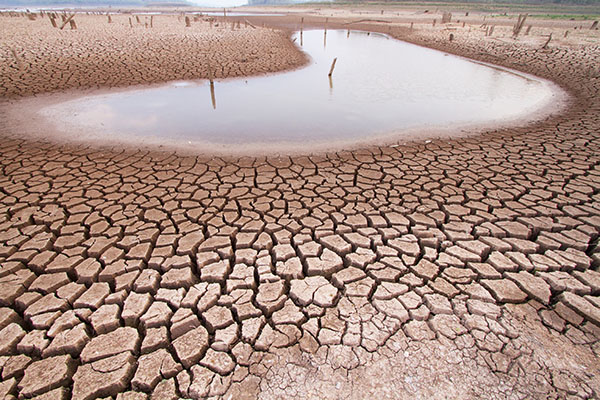Risky scientific experiments in our air and water are being carried out in the name of “climate change”
02/18/2024 / By Cassie B.

From injecting reflective particles into our skies to pouring chemicals into the ocean, scientists have been interfering with the environment in the name of stemming so-called climate change. However, instead of helping the planet, these measures are largely untested and could well cause untold harm.
For example, researchers from the Woods Hole Oceanographic Institute of Massachusetts plan on pouring 6,000 gallons of a liquid solution containing the lye component sodium hydroxide into the ocean this summer. The idea is to reduce the acidity of a patch of water on the surface around 10 miles south of Martha’s Vineyard so it can absorb 20 metric tons of carbon dioxide from our atmosphere and store it there in the ocean. The $10 million project will be funded by taxpayers.
Another questionable effort that is currently underway is marine cloud brightening in Australia, where researchers on a ship by the Whitsunday Islands are using high-pressure nozzles to spray a mixture of seawater into the air. They are aiming to brighten the clouds hovering at a low altitude over the ocean in hopes of helping them to reflect sunlight away from the planet. This, they believe, will cast a shadow on the ocean’s surface, reducing the temperature of the water in the Great Barrier Reef area and potentially stemming the mass coral die-offs that have been taking place there. It is part of a $65 million project being led by Southern Cross University.
Solar radiation management (SRM) projects are being explored to cool the atmosphere by reflecting sunlight in much the same way as a volcanic eruption via stratospheric aerosol injection. The concept was inspired by the 1991 eruption of Mount Pinatubo in the Philippines, which resulted in the biggest eruption cloud ever measured. This sent ash and sulfur into the upper atmosphere, which had the effect of reducing the temperature by almost a full degree Fahrenheit for a year.
Long-term effects of solar radiation management are unknown
However, not much is known about the long-term effects of solar radiation management, which could prove wasteful and unhelpful at best but has the potential to cause unforeseeable damage. Some scientists believe that deploying sulfur into the stratosphere on a wide scale could turn the sky from its comforting blue to a milky white shade, while others think it could change global weather patterns in unpredictable ways, possibly exacerbating monsoons, droughts and other extreme weather events.
A group of more than 400 scientists and academics have been calling for the creation of a non-use agreement for solar radiation management. Even one of the top researchers in the field, David Keith of The University of Chicago, acknowledges that we can’t predict what effects it might have.
He said that although it would likely have the cooling effect they seek, “that’s not to say that it’s a good idea.” He said that it could harm the ozone layer or affect human health, in addition to impacting extreme weather events. Indeed, some models have indicated that releasing aerosols in the northern hemisphere could spur devastating droughts in sub-Saharan Africa. Other concerns that have been cited include its effects on the spread of malaria, the loss of different species of mammals in certain regions, and its influence on rainfall patterns. There are also serious concerns about how long this technology would need to be used and what would happen if it is ever stopped.
Not surprisingly, one person who is in favor of the concept is Bill Gates, who has provided financial backing for solar geoengineering research programs.
Sources for this article include:
Submit a correction >>
Tagged Under:
carbon dioxide, Climate, climate change, climate engineering, dangerous, disaster, geoengineering, green tyranny, insanity, left cult, science clowns, science deception, skeptics, Solar Radiation Management, SRM, terraforming, weather terrorism
This article may contain statements that reflect the opinion of the author
RECENT NEWS & ARTICLES
COPYRIGHT © 2017 REAL SCIENCE NEWS





















